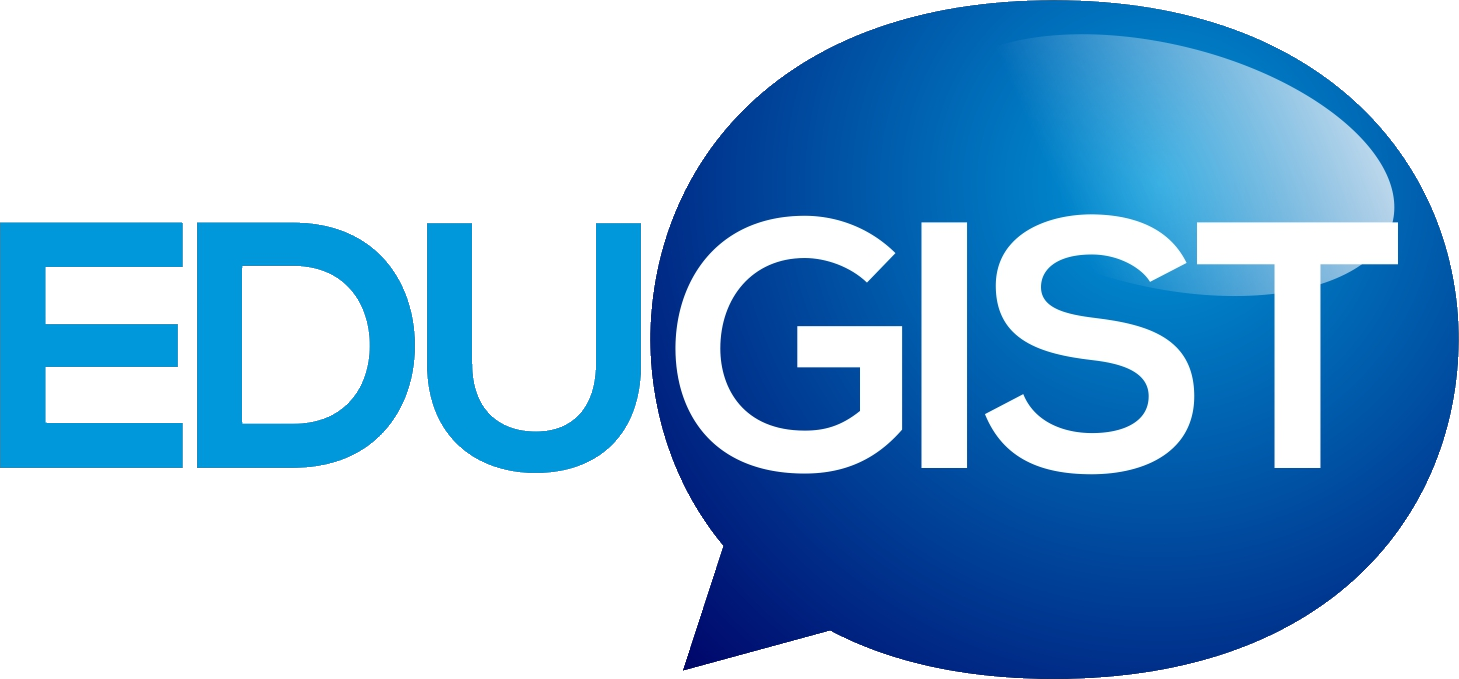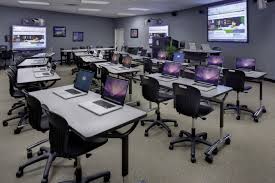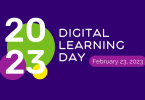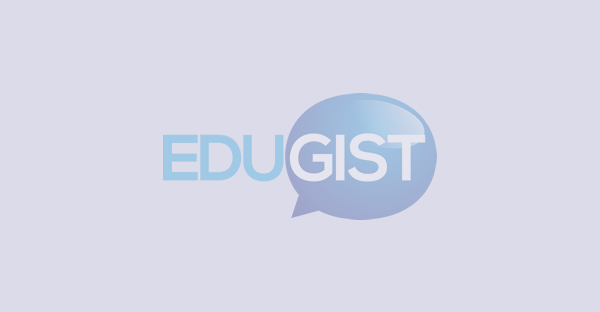Ever since 2000, educators and education reform folks have been quick to refer to “21st-century education.” For over a decade, this term has been used to describe the changing landscape for educators. What it has become is another one of the many catchphrases (e.g. “differentiation,” “rigor,” “personalized learning”) thrown around by educators, reformers and anyone, really, who feels they know enough about education to talk about it.
But what do we really mean by “21st-century education?” What makes education in this century so much different than the last? Does anyone remember saying “20th century education” back in the 1990s?
Most people argue that we are at transitional time for education — that with the incredible rate at which technology is advancing and entering the classroom, and with the amount of information available at our students’ fingertips, educators need to change how they teach to best prepare students for the future.
I have to wonder. Yes, technology has changed, and yes, we are no longer concerned with our students finding information, but rather what to do with it all, but does teaching itself really need to change in drastic ways?
Flipping the classroom
One of the biggest trends right now is the flipped classroom model. In this model, the traditional teacher lecture during class is moved to at-home viewing through recorded videos. Class time is, instead, dedicated to guiding students through deeper understanding of content and to helping students with concepts with which they are struggling.
The flipped classroom model is a return to the idea that students need to build knowledge, and that knowledge cannot be poured into a child’s head but must be created. By flipping their classrooms, educators have found that they are able to meet students where they are and provide more personalized learning experiences. While this model relies heavily on fairly new technologies (streaming video, DVDs), the concept is nothing new. John Dewey, back in the 19th century, argued that school put too much focus on the teacher and that the teacher should play more of a guide rather than a trough of knowledge for the child.
- Preparing students for the future
Many conversations about 21st-century education focus on preparing students for a job market and a world that don’t exist yet. Technology is evolving at breakneck speed and schools are often lagging. How can we prepare our students for the future if our classrooms are stuck in the 20th or 19th centuries? While I would agree that this is a huge problem, and that it saddens me how slow schools are to catch up with the times, I have to believe that this is nothing new.
I’m sure, that with the advent of the ballpoint pen, many schools lamented the change, citing that without using ink to craft their words, students’ handwriting would become sloppy and careless, and that students themselves would become lazy or careless. Schools have always been preparing their students for an unknown world, and they have often trailed the innovations of the day. This is not to say that it is acceptable for schools to be laggards. There is no reason that schools cannot get with the times.
As such, this is not a “21st-century” problem. The technological advances that our students face are reflective of those all students have faced since the start of public education in this country.
What makes “21st-century” education different?
While the core pedagogical beliefs communicated through discussions of “21st-century education” are nothing new, this surge of conversations around “student-centered classrooms,” “personalized learning” and “technology integration” (was there ever a “pencil integration” movement?) is a knee-jerk reaction to a decade of teach-to-the-test, drill-and-kill practices that have stripped the student out of the equation.
What we are seeing now is a new Progressive Era for education, with the focus less on compulsory schooling and expansion of access to education and more on redefining school based on pre-Progressive Era models such as apprenticeships, internships and school-as-real-life. 21st-century education has also come to mean preparing students for life rather than preparing them for work at the factory or placing them on a track that would define the rest of their adult life. It has also come to mean putting students back into the equation, offering choice and multiple paths for success.
What truly make education in the 21st century different from earlier iterations are the Internet and the ease at which it enables participatory learning and real-world experiences for learners, whether they are in school, home-schooled or unschooled.









For the fact that our early educational system had so many resource materials, non was as globally reachable as the way the computers of the 21st century has made it. But I also noticed that it is making us so lazy to read printed books And materials.
For the fact that our early educational system had so many resource materials, non was as globally reachable as the way the computers of the 21st century has made it. But I also noticed that it is making us so lazy to read printed books And materials.